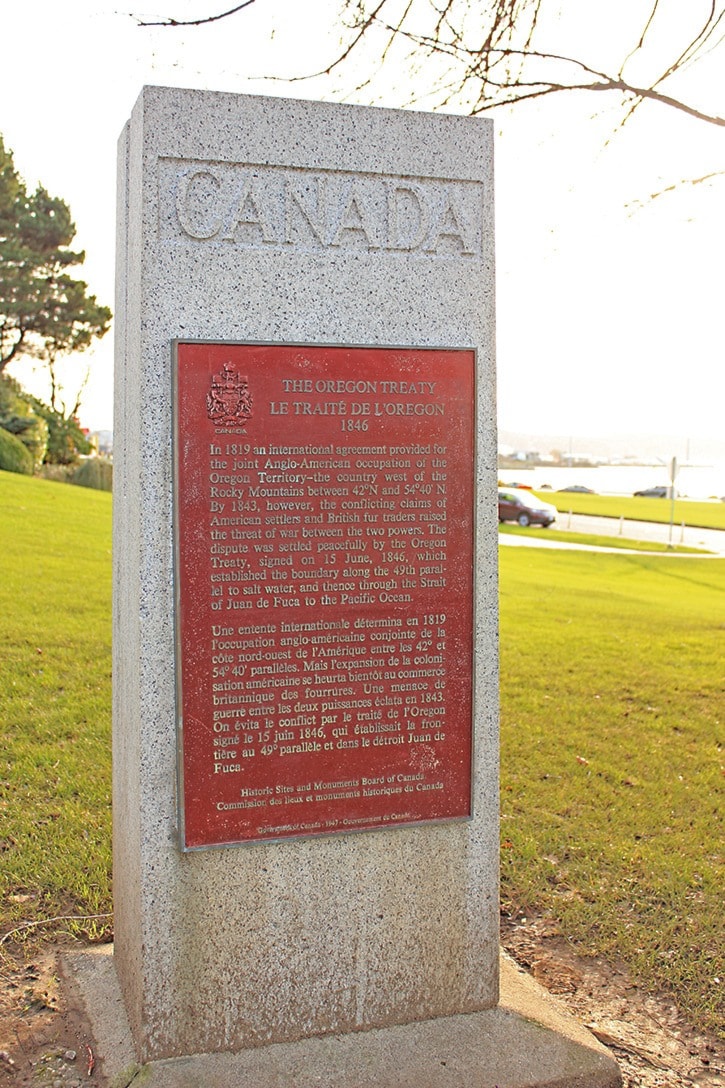Surrey only has one nationally recognized historical site, but that may be about to change.
On Friday, Dec. 2, Commemorations Officer Mike Starr spoke to a group of interested community members at the Surrey Museum, explaining the nomination process that would allow Surrey's historically significant places, people or events to be recognized on a national level.
Starr was invited to the museum by Cloverdale - Langley City MP John Aldag, who wanted to inform the public about the program. Aldag, who managed parks and historic sites at Parks Canada for 32 years before becoming a member of parliament in 2015, said the program was "near and dear" to him.
Surrey's one designated site is marked with a plaque in Peace Arch Park. It commemorates the Oregon Treaty of 1846, which established the 49th parallel as the border between Canada and the United States west of the Rocky Mountains.
The general feeling in the room was that significant events had occurred in Surrey in the 170 years following that event.
"I maintain that something has happened in Surrey since 1846," said MP John Aldag to laughter from the crowd.
"The history is there," said Bill McNamara, president of the Friends of the Surrey Museum & Archives Society. "Surrey's potential has yet to be tapped."
The challenge, McNamara added, would be narrowing the possibilities down to a few strong contenders.
Other meeting attendees already had sites in mind and volunteered a few ideas, including sites and events important to Cloverdale agricultural history.
Any aspect of Canada's human history can be brought forward to the Historic Sites and Monuments Board of Canada for nomination. The board has advised the Canadian government on the designation of places, persons and events that have shaped Canada's history since 1919.
The board considers nominations that demonstrates its influence on Canadian history. The program's current priorities are to recognize under-represented stories of Canada's Aboriginal peoples, women and diverse ethnocultural communities.
Every year, the board receives around 70 new nominations for designations, and 95 per cent of those nominations come from the public.
They ask that the nomination include the necessary information to introduce the person, place or event to the Parks Canada's Archaelogy and History Branch, which then undertakes the "extensive" historical research.
An applicant would need to submit, for example, important dates—such as when a building was constructed—a person's date of birth and death, or the details of an event. Suggestions for research might include contact information for sources, notes of photograph collections or other references.
"When we have a community that is developing quickly like Surrey, it's important that we work to preserve our history," said MP John Aldag.
Aldag added that the diversity of the Surrey community presented both the opportunity and a responsibility to preserve the city's cultural history.
For more information on nominating a person, place or event, visit: http://www.pc.gc.ca/eng/clmhc-hsmbc/index.aspx.
